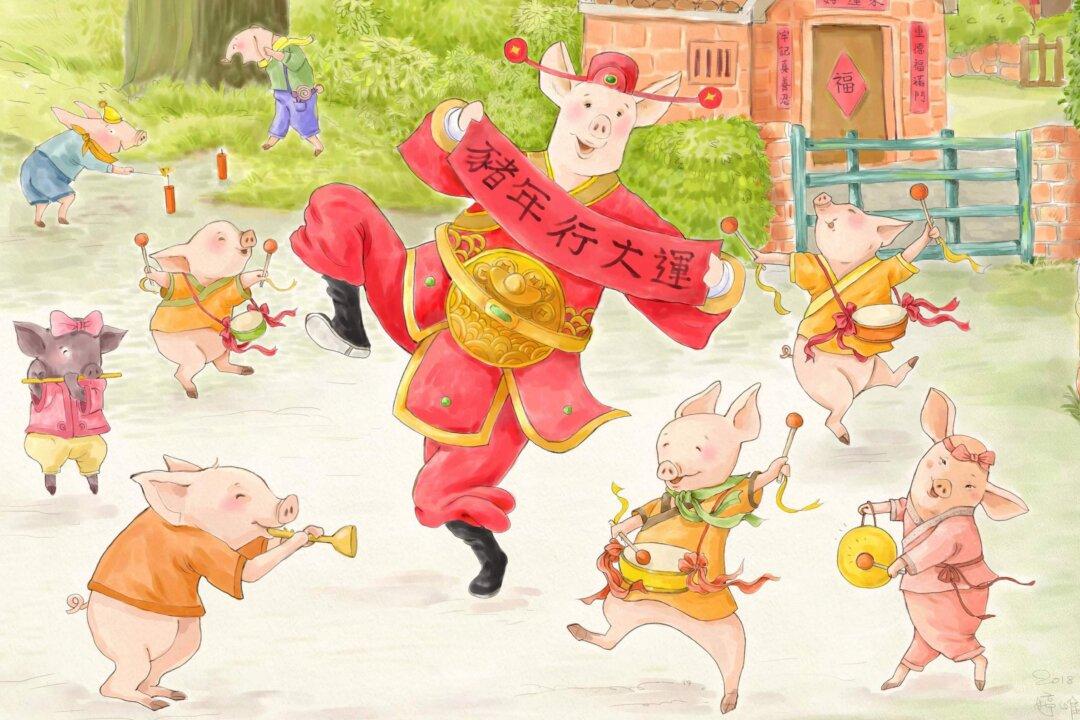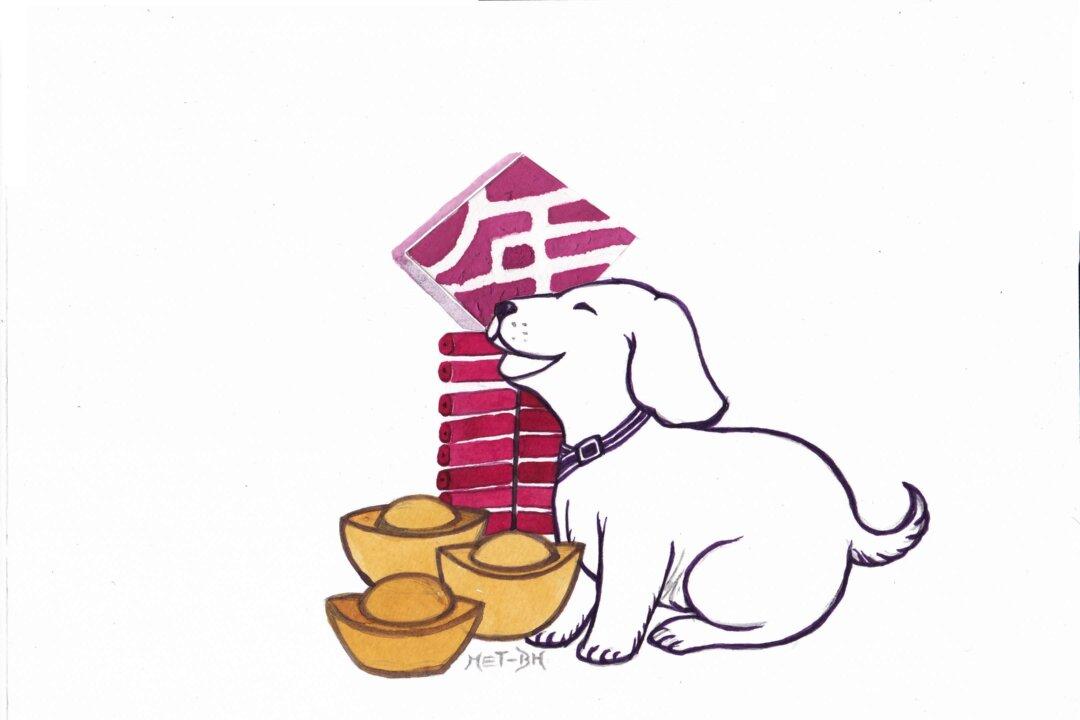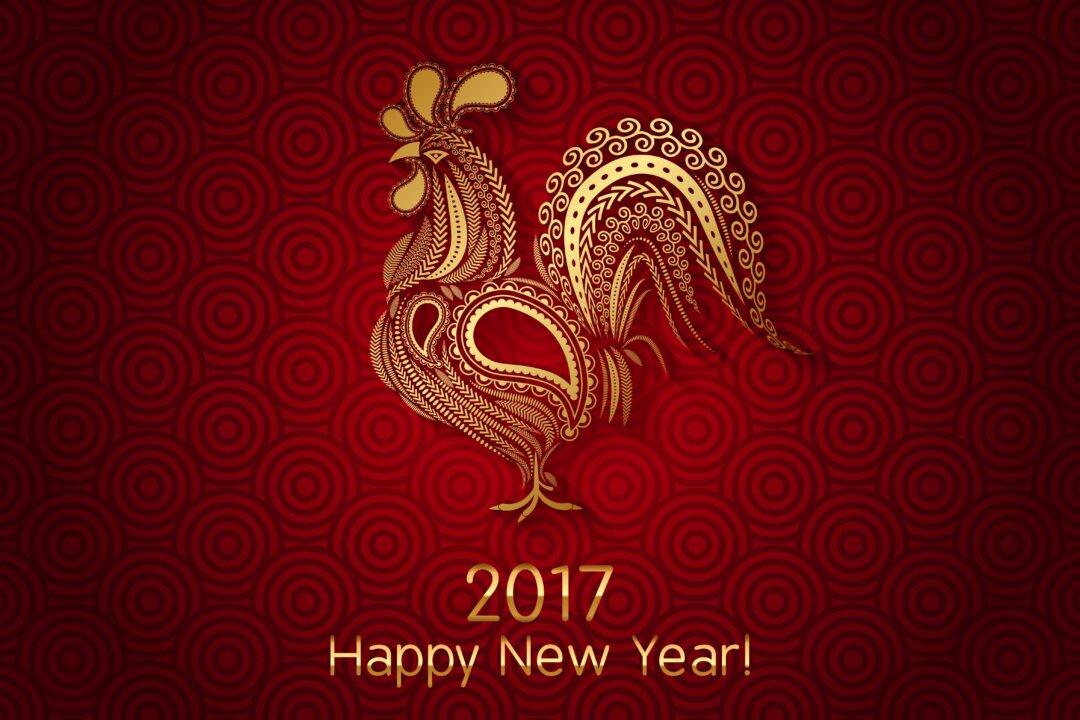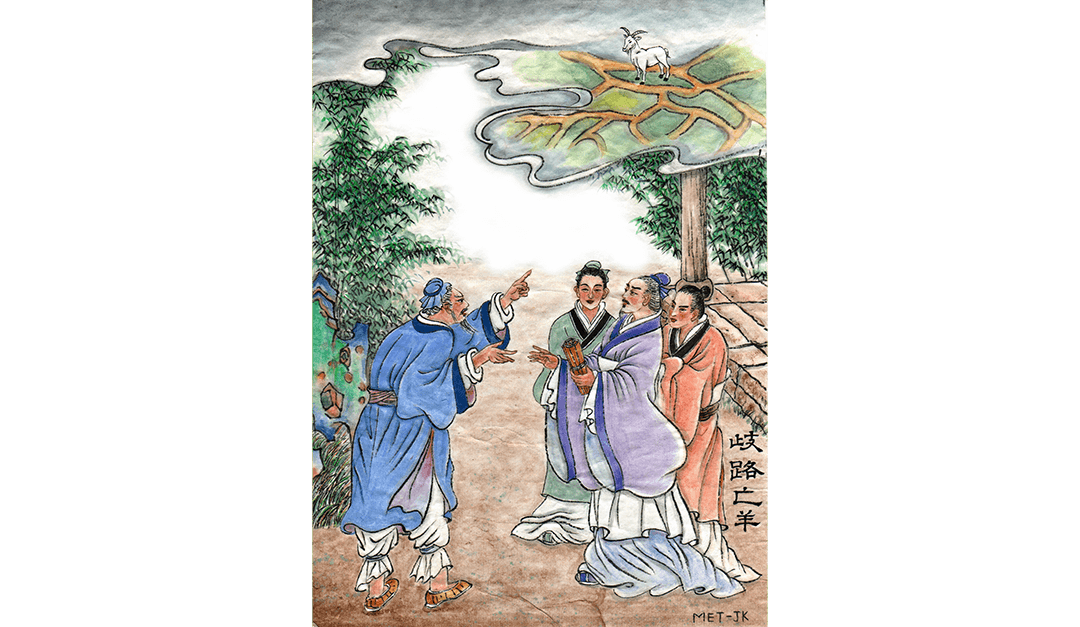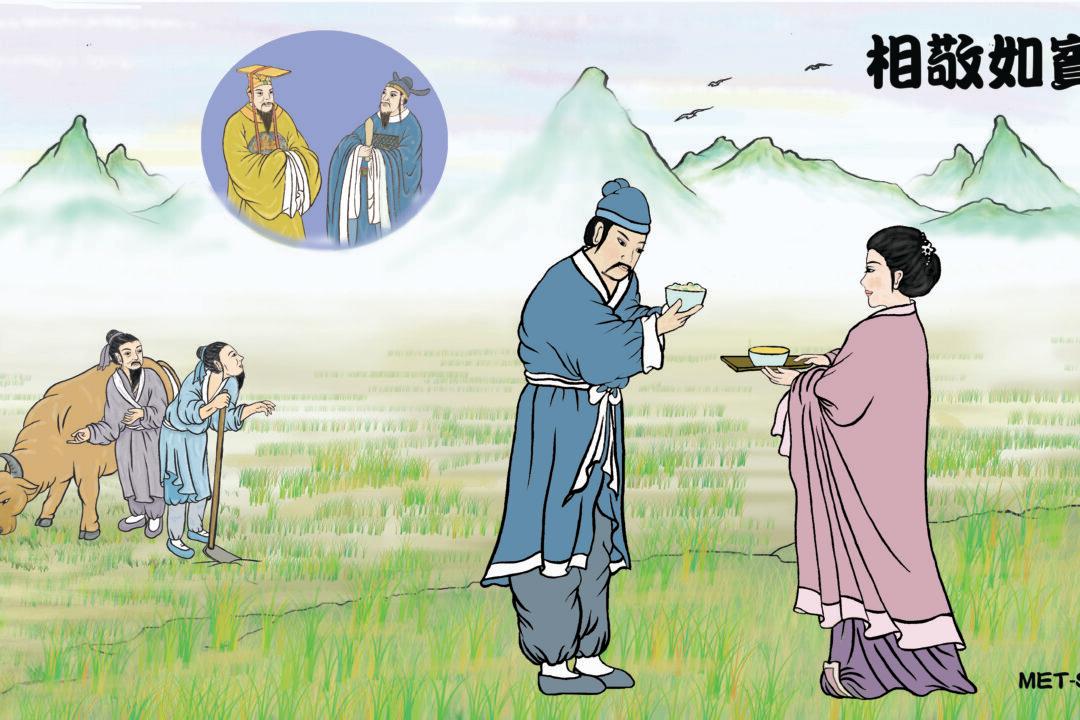The Chinese New Year is celebrated on Feb. 5, marking the beginning of the year of the Pig in the Chinese zodiac.
It is a time for reflection, for resolutions, and new hope in the year to come. Some believe the year of the Pig will bring wealth and prosperity.

